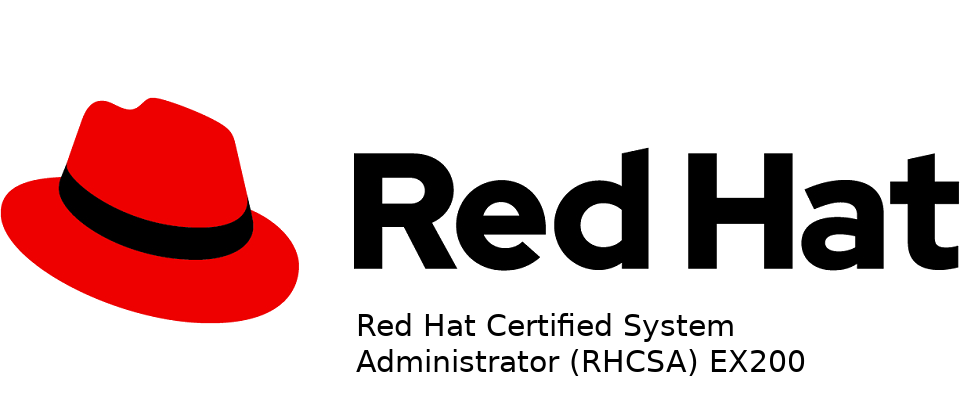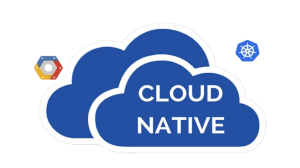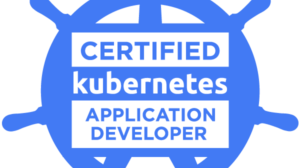Exam description
The performance-based Red Hat Certified System Administrator (RHCSA) exam (EX200) tests your knowledge in areas of system administration common across a wide range of environments and deployment scenarios. The skills tested in this exam are the foundation for system administration across all Red Hat® products.
By passing this exam, you become a Red Hat Certified System Administrator. If you choose to continue your learning journey beyond RHCSA, the credential can also serve as a foundational step on your path toward our highest level of certification—Red Hat Certified Architect.
This exam is based on Red Hat® Enterprise Linux® 8.2.
Audience for this exam
- Experienced Red Hat Enterprise Linux system administrators seeking validation of their skills
- Students who have attended Red Hat System Administration I (RH124) and Red Hat System Administration II (RH134) and are on the path to becoming an RHCSA
- Experienced Linux system administrators who require a certification either by their organization or based on a mandate (DoD 8570 directive)
- IT professionals who are on the path to becoming a Red Hat Certified Engineer (RHCE)
- An RHCE who is noncurrent or who is about to become noncurrent and wants to recertify as an RHCE
- DevOps professionals who wish to demonstrate their expertise with the fundamentals of container technology
Prerequisites for this exam
- Have either taken Red Hat System Administration I (RH124) and Red Hat System Administration II (RH134) or the RHCSA Rapid Track course (RH199)
- Review the Red Hat Certified System Administrator exam (EX200) objectives
- Take our free assessment to find the course that best supports your preparation for this exam.
Study points for the exam
RHCSA exam candidates should be able to accomplish the tasks below without assistance. These have been grouped into several categories.Understand and use essential tools
- Access a shell prompt and issue commands with correct syntax
- Use input-output redirection (>, >>, |, 2>, etc.)
- Use grep and regular expressions to analyze text
- Access remote systems using SSH
- Log in and switch users in multiuser targets
- Archive, compress, unpack, and uncompress files using tar, star, gzip, and bzip2
- Create and edit text files
- Create, delete, copy, and move files and directories
- Create hard and soft links
- List, set, and change standard ugo/rwx permissions
- Locate, read, and use system documentation including man, info, and files in /usr/share/doc
Create simple shell scripts
- Conditionally execute code (use of: if, test, [], etc.)
- Use Looping constructs (for, etc.) to process file, command line input
- Process script inputs ($1, $2, etc.)
- Processing output of shell commands within a script
- Processing shell command exit codes
Operate running systems
- Boot, reboot, and shut down a system normally
- Boot systems into different targets manually
- Interrupt the boot process in order to gain access to a system
- Identify CPU/memory intensive processes and kill processes
- Adjust process scheduling
- Manage tuning profiles
- Locate and interpret system log files and journals
- Preserve system journals
- Start, stop, and check the status of network services
- Securely transfer files between systems
Configure local storage
- List, create, delete partitions on MBR and GPT disks
- Create and remove physical volumes
- Assign physical volumes to volume groups
- Create and delete logical volumes
- Configure systems to mount file systems at boot by universally unique ID (UUID) or label
- Add new partitions and logical volumes, and swap to a system non-destructively
Create and configure file systems
- Create, mount, unmount, and use vfat, ext4, and xfs file systems
- Mount and unmount network file systems using NFS
- Extend existing logical volumes
- Create and configure set-GID directories for collaboration
- Configure disk compression
- Manage layered storage
- Diagnose and correct file permission problems
Deploy, configure, and maintain systems
- Schedule tasks using at and cron
- Start and stop services and configure services to start automatically at boot
- Configure systems to boot into a specific target automatically
- Configure time service clients
- Install and update software packages from Red Hat Network, a remote repository, or from the local file system
- Work with package module streams
- Modify the system bootloader
Manage basic networking
- Configure IPv4 and IPv6 addresses
- Configure hostname resolution
- Configure network services to start automatically at boot
- Restrict network access using firewall-cmd/firewall
Manage users and groups
- Create, delete, and modify local user accounts
- Change passwords and adjust password aging for local user accounts
- Create, delete, and modify local groups and group memberships
- Configure superuser access
Manage security
- Configure firewall settings using firewall-cmd/firewalld
- Create and use file access control lists
- Configure key-based authentication for SSH
- Set enforcing and permissive modes for SELinux
- List and identify SELinux file and process context
- Restore default file contexts
- Use boolean settings to modify system SELinux settings
- Diagnose and address routine SELinux policy violations
Manage containers
- Find and retrieve container images from a remote registry
- Inspect container images
- Perform container management using commands such as podman and skopeo
- Perform basic container management such as running, starting, stopping, and listing running containers
- Run a service inside a container
- Configure a container to start automatically as a systemd service
- Attach persistent storage to a container
As with all Red Hat performance-based exams, configurations must persist after reboot without intervention.
Red Hat reserves the right to add, modify, and remove objectives. Such changes will be made public in advance through revisions to this document.
Preparation
Red Hat encourages you to consider taking Red Hat System Administration I (RH124) and Red Hat System Administration II (RH134) to help prepare. Attendance in these classes is not required; you can choose to take just the exam.
While attending Red Hat classes can be an important part of your preparation, attending class does not guarantee success on the exam. Previous experience, practice, and native aptitude are also important determinants of success.
Many books and other resources on system administration for Red Hat products are available. Red Hat does not endorse any of these materials as preparation guides for exams. Nevertheless, you may find additional reading helpful to deepen your understanding.
Exam format
The Red Hat Certified System Administrator (RHCSA) exam is a hands-on, practical exam that requires you to undertake real-world tasks. Internet access is not provided during the in-person exam, and you will not be permitted to bring any hard copy or electronic documentation into the exam. This prohibition includes notes, books, or any other materials. For most exams, the documentation that ships with the product is available during the exam.
This exam can also be taken virtually as part of our remote testing format. Find out more about remote exams to see if this is the right choice for you.
Scores and reporting
Official scores for exams come exclusively from Red Hat Certification Central. Red Hat does not authorize examiners or training partners to report results to candidates directly. Scores on the exam are usually reported within 3 U.S. business days.
Exam results are reported as section scores. Red Hat does not report performance on individual items, nor will it provide additional information upon request.
Recommended next exam or course
RHCSA skills path

RH024 – Free course
Red Hat Enterprise Linux Technical Overview

RH124 – Recommended course
Red Hat System Administration I

PE124 – Recommended preliminary exam
Preliminary Exam in Red Hat System Administration I
RH135 bundle
Save time and money by combining course and exam offerings

RH134 – Recommended course
Red Hat System Administration II

EX200 – Required exam – currently viewing
Red Hat Certified Administrator (RHCSA) exam

Certification – Passing EX200
Red Hat Certified System Administrator (RHCSA)






